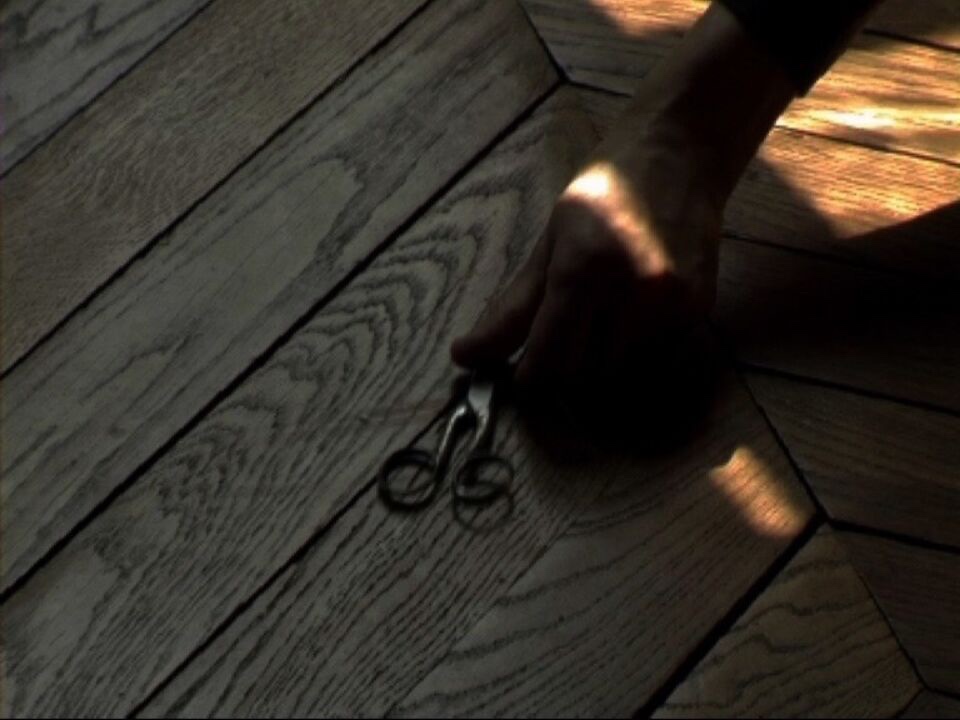
Franz Kafka’s enigmatic animal story, written in 1917 on the eve of the Balfour Declaration, has been interpreted in myriad ways and embraced and rejected in equal measure by Arabs and Jews of divergent persuasions. Straub’s abridged (but no less elusive) retelling has fascinating affinities with his and Danièle Huillet’s interpretation of Kafka’s Amerika in Class Relations.
EN
“Franz Kafka's parable, written in 1917 on the eve of the Balfour Declaration (the capitalist-imperialist letter of promise that undergirds Zionism) is, through Straub, a ferocious picture, a hatred of hate.
The story's three figures, "Jackal", "European", "Arab", are of deranged belief and position; they do battle, as seething metaphors themselves, stuck in a desert nightmare, in language flashing transparent and opaque across the dialectics of parable, reality, and history. Kafka foresaw much: the dependencies of all hatreds - racial, religious, capital - and, as clearly as Lenin, a Western colonial power poised there to inflame and exploit them.
We've seen these antagonisms before, this fuming, these justifications, this boiling point - on the world stage, even in the streets. Schakale und Araber estranges, to the maximum, the idea of "immemorial" blood feuds - innate and permanent war - by presenting a vicious, triangular trap from which one can only wish to liberate oneself.
Hate, injustice, cultic belief, masters, messianism, lackeyism, faux naivete all fly out of these terrifying figures with their backs to the window - whereas in Huillet/ Straub to look out the window is where possibility lies (Bach, Lilith in Der Bräutigam, Therese in Klassenverhältnisse).
Schakale und Araber is a plea, without resembling a plea - a staging of odious sentiments, with an unsaid demand: bring about a time when man is no longer a wolf to men.
If parable is possible in the cinema, Straub verifies its disquiet, increases it. Originally to be shot in the Egyptian desert during the shooting of Trop tot, trop tard, ultimately this fulmination of a film, this conflict-against-conflict, was shot in a small space between the dining room table and balcony window of Straub's Place de Clichy apartment. With this domestic base (strange fidelity to Kafka: it was in a similar domestic corner that he wrote these stories, suffered and fought), its concentration of figures, brevity, and frontality, Schakale und Araber rediscovers the compressed, high-relief passions of early cinema.”
Andy Rector1
- 1Andy Rector, “Jackals and Arabs,” Balthazar, 2023.

